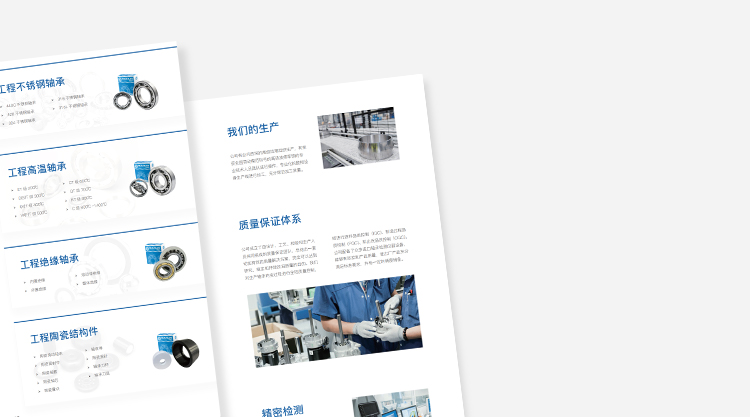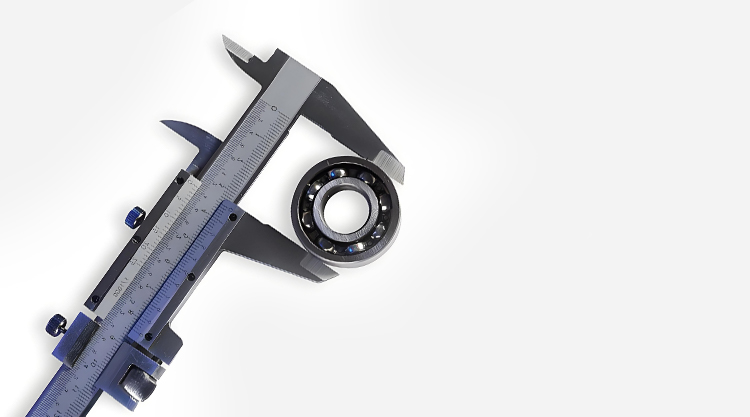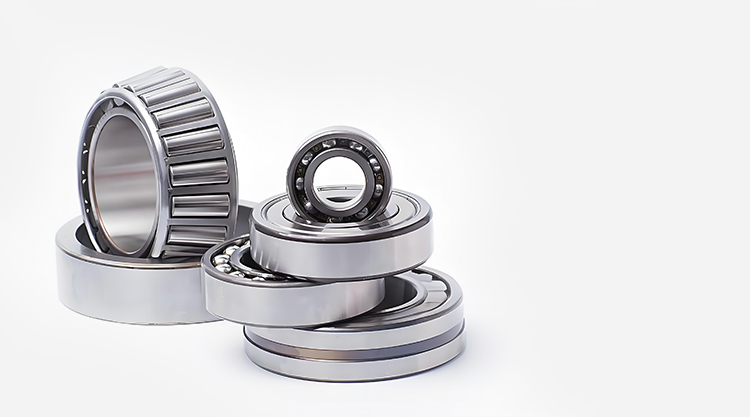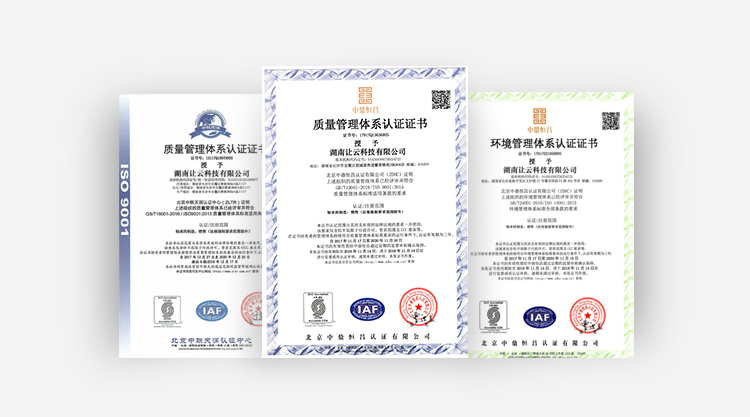What do the bearing clearances (C2, C3, CM) mean? How should they be selected?
In industrial equipment, bearing clearance is a very critical parameter. Many engineers often encounter doubts during selection: What exactly do C2, C3, and CM on bearings mean? How do different clearances affect equipment operation? This article will analyze the definition, classification, and selection methods of bearing clearance from a professional perspective, helping readers better understand and apply them.
I. What is bearing clearance?
Bearing clearance, also known as bearing internal clearance, refers to the maximum displacement of the inner ring or outer ring relative to the rolling elements under no installation and no load condition. It is divided into radial clearance and axial clearance:
| Radial clearance | Total displacement of rolling elements in the radial direction. |
|---|---|
| Axial clearance | Total displacement of rolling elements in the axial direction. |
The size of the clearance directly affects the friction, heat generation, service life, and operating accuracy of the bearing, so it is an important parameter that must be considered in bearing selection.
II. Bearing clearance classification (C2, C3, CM)
International standards (ISO, DIN, GB/T) clearly classify bearing clearances, the most common categories are as follows:
| C2 clearance | Smaller than standard clearance. Suitable for high-precision, low-vibration applications, such as high-speed motors and instruments. |
|---|---|
| C0 clearance (standard clearance) | Also called normal clearance, the default choice for most applications. |
| C3 clearance | Larger than standard clearance. Commonly used in high-temperature, high-speed, or heavy load conditions, such as motors, pumps, and compressors. |
| C4/C5 clearance | Larger than C3, mainly used in special high-temperature or heavy-load conditions. |
| CM clearance | Motor-specific clearance, usually between C0 and C3, balancing low noise and moderate expansion compensation, commonly found in motor bearings. |
III. How does bearing clearance affect equipment performance?
The impact of different clearances on equipment performance is mainly reflected in the following aspects:
| Clearance too small | Increased friction during operation, prone to overheating, leading to shortened lifespan. |
|---|---|
| Clearance too large | Increased vibration and noise, reduced precision, and compromised equipment stability. |
| Proper clearance | Ensures a reasonable lubrication film thickness under working temperature and load, extending service life. |
Therefore, selecting the appropriate clearance grade is the key to ensuring long-term stable operation of equipment.
IV. How to choose bearing clearance?
In practical applications, the choice of clearance should be based on the equipment conditions:
| Temperature conditions | In high-temperature environments, bearings will expand due to heat, reducing clearance, so C3 or larger clearance is recommended. Under normal temperature, C0 or CM is generally chosen. |
|---|---|
| Speed requirements | At high speeds, frictional heating is faster, so C3 clearance is recommended. For low-speed, high-precision applications, C2 or C0 may be chosen. |
| Load conditions | Bearings subjected to heavy loads should use C3 or larger clearance. For medium to small loads, C0/CM is sufficient. |
| Equipment type | Motors, fans: mostly CM or C3. Machine tool spindles: mostly C2 or C0, ensuring precision. Pumps, compressors: mostly C3, suitable for high temperature and heavy load. |
V. Conclusion
Bearing clearance (C2, C3, CM) is an important parameter affecting bearing performance and service life. When selecting bearings, clearance must be chosen reasonably according to temperature, speed, load, and equipment type. The correct clearance selection not only improves equipment stability but also extends bearing service life and reduces maintenance costs.
-
18 2025.09Several Signs of Incorrect Bearing Installation — Have You Noticed Them?
This article will detail several common signs of improper bearing installation, helping engineers and maintenance personnel identify problems in time and avoid greater losses.
-
18 2025.09How to Select Bearings for Semiconductor Equipment in HF Acid Environments?
For bearings in semiconductor equipment operating continuously under HF acid conditions, this environment poses significant challenges.
-
18 2025.09Analysis of Zinc-Free Copper Bearings
Why Choose Zinc-Free Bearings? Under What Conditions Must Zinc-Free Bearings Be Strictly Used? This article will provide an in-depth analysis based on real-world application scenarios.
-
18 2025.09What causes excessive temperatures during bearing operation?
This article will analyze the causes of excessive bearing operating temperatures from multiple perspectives based on practical applications, and provide corresponding solutions to help engineers and e




